Pretty much every game these days has some sort of social interactivity, whether its sharing your high score from a mobile endless runner on Facebook or teaming up with other players to form clubs in a next-gen console racing game. But Socioball leverages social media in the most basic, and in many ways, the most effective way.
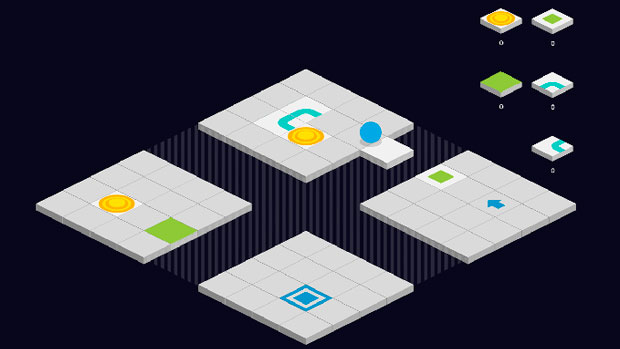
Much of the positive response was due to Socioball’s clean, minimalist visuals and clever puzzles, but what really stood out was how it approached user-generated content and social interaction.
On the face of it, Socioball is a simple puzzle game. “It is a physics-based isometric puzzle platformer,” says creator Apoorva Joshi. “The goal is to get a ball from the start tile to the finish tile. There will be some tiles missing in between, like a jigsaw puzzle, and you have add the correct tiles in the correct places. Each tile affects the ball differently – there’s a turn tile, a jump tile, a teleport tile, and so on.”
Socioball is already available on PC via Desura, but Joshi had never planned for it to be a commercial release. That changed when the game received the runner-up awards in the student category and BYOG at NASSCOM Gaming Forum Awards last year.
“When the game was done, I didn’t expect any kind of commercial or critical success. I just shipped it because I believe in shipping. The game did well at NGDC and overall, the response to the game was pretty good,” says Joshi.
Much of that positive response was due to Socioball’s clean, minimalist visuals and clever puzzles, but what really stood out was how it approached user-generated content and social interaction.
“The game compresses the whole level data into a single 100-character string to which you can add our hashtag and a level name, and just tweet it.”
“The game has a built-in level editor, so you can make your own levels as well. But unlike other games, here you can tweet the level data directly. The game compresses the whole level data into a single 100-character string to which you can add our hashtag and a level name, and just tweet it,” explains Joshi.
While other games use social media as an advertising tool or a means to acquire more users, Socioball makes Twitter a part of the game.
“So anyone who has the game can access that hashtag through Twitter to get access to all the levels that have been tweeted out by other players, and easily play them,” he adds.
By Joshi’s own admission, Socioball didn’t get the PR and marketing push it deserved. “I developed Socioball in a vacuum,” he says. “It wasn’t too successful on Desura, but I would say that’s a fault of the game and not Desura. I was, and probably still am, completely inexperienced at PR and I didn’t do any marketing for the game pre-release. It was a student project that I just decided to ship.”
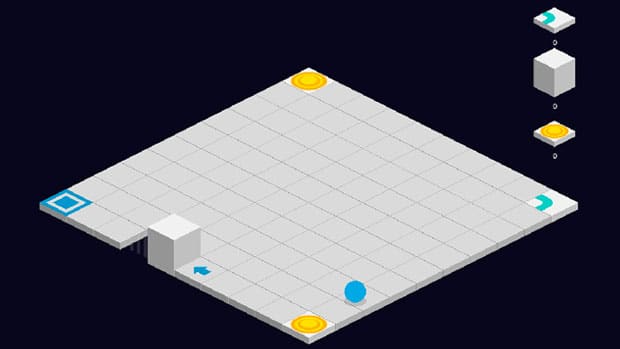
I really liked his attitude towards games, towards learning, and towards programming in general. And I really liked that his dad was manning the booth at NGDC and knew everything about the game. – Shailesh Prabhu
The collaboration
With a healthy amount of recognition following the NGF Awards win and encouragement from the growing Indian indie development community, the 22 year-old fresh graduate is now working full-time on bringing an improved version of Socioball to mobile, and collaborating with him on the mobile version is perhaps India’s most successful and well-recognised independent developer – Shailesh Prabhu.
Prabhu is the founder of Mumbai-based Yellow Monkey Studios, which released puzzle game HUEBRIX to critical acclaim in 2012, putting him on the global indie map in the process. He is now a regular speaker at game dev conferences, an advisor at Casual Connect, and he also mentors fellow Indian developers.
“I didn’t even know about Apoorva until I met him at NGDC last year,” says Prabhu, “I really liked his attitude towards games, towards learning, and towards programming in general. And I really liked the fact that his dad was manning the booth at NGDC, and he knew everything about the game. That was super cool.”
“There was a NASSCOM meet-up in Mumbai recently, and Shubhank [Maurya] and I got Apoorva to come and speak there. That was around the time we started talking about doing something together, and the idea came about to bring Socioball to mobile”.
HUEBRIX and Socioball share quite a few similarities. Both are tile-based puzzle games with pre-defined start and end points, and so in many ways, Prabhu seems to be the ideal collaborator to help bring Socioball to mobile.
“I played the game, and that’s when I thought I could contribute. I felt that some of the levels were very good, while some others weren’t very tight. So I could chip in on the level design front,” says Prabhu.
“Also, the game was already in XNA and Apoorva was in the process of bringing it to Unity. That would allow us to start with a clean slate on whatever issues were there with the first game. I could also help – or try at least – with the publishing side of things with the knowledge and contacts I have from HUEBRIX and the games that came before it.”
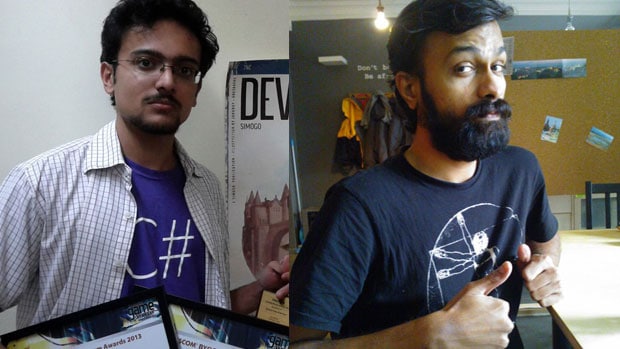 Apoorva Joshi (left) and Shailesh Prabhu
Apoorva Joshi (left) and Shailesh Prabhu
Because of the new mechanics that we’re adding, new types of levels will be possible. It will probably be 70% fresh levels. – Shailesh Prabhu
Socioball on mobile will be far from a straight port of the game that’s already available on PC. The duo plans to revamp pretty much every aspect of the game, including the puzzles themselves.
“The big difference in the mobile version is that it’s been made in Unity, and it’s fully 3D,” says Joshi. “The first game was actually 2D sprites, and I had created an in-game wrapper that did isometric mathematics, and so on.”
“With 3D graphics comes 3D physics, so now we can have stuff like a rotating board, dynamic scaling, fancy animations, and dynamic lighting. As far as gameplay goes, an important feature is that you can have multiple balls on the board at the same time, which will bring richer puzzles,” he says.
“We’re using only some of the earlier levels, and we’re coming up with new levels for this version,” adds Prabhu. “Because of the new mechanics that we’re adding, new types of levels will be possible. It will probably be 70% fresh levels.”
The nature of Socioball’s puzzles and their size means that the mobile version may only make it to tablets.
“Right now, we’re just targeting iPad, and based on the reception, we’ll see where else we can take it. It will probably be restricted to tablets because screen space is important for this game, so phones might be too small,” Prabhu says.
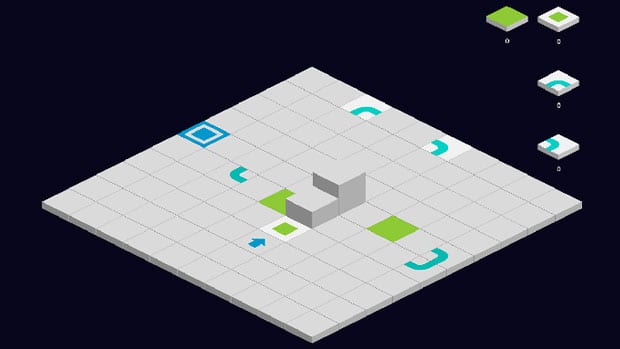
My focus right now is on personal technical growth, so I want to learn better, larger-scale engines and develop complex sub-systems rather than full games. – Apoorva Joshi
The two plan to launch Socioball by late-August or September, with 100 levels available at launch.
“We’re also considering a curation process for levels that come in from Twitter. That way players will have access to the best user-created levels,” adds Prabhu.
What next?
Joshi exudes a quiet confidence that’s rare to see in young indie developers. That confidence probably stems from the fact that his father is a programmer himself and fully supports his chosen profession. Joshi has been coding since the age of seven and is well aware that the skills he’s developed over the years could comfortably land him a job at a major studio, but he has other plans.
“I’m currently working full-time on Socioball. After that I want to learn the Unreal engine. My focus right now is on personal technical growth, so I want to learn better, larger-scale engines and develop complex sub-systems rather than full games,” he says.
“I might develop full games, but my focus will be on sub-systems. There’s also the tools aspect to explore. There’s a viable business model in just selling tools, so I’d like to explore that, but that’s undecided.”
Prabhu, on the other hand, is remaining tight-lipped on Yellow Monkey’s next project.
“I’ve been travelling a lot lately, pitching different games to different people. Nothing’s worked out so far, but Manu [Thomas] and I are now working on a puzzle platformer for PC. It’s a crude prototype right now so I can’t really show anything, but hopefully that will pan out.”
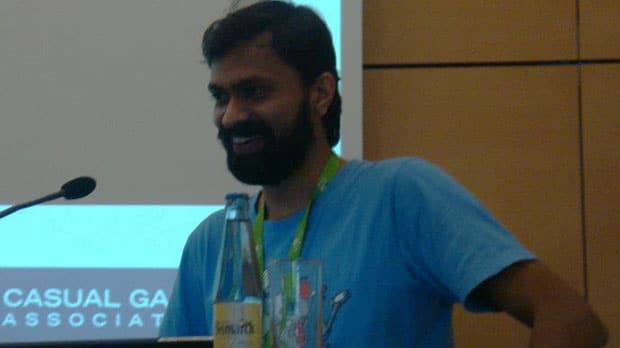
We need a reality check. I’ve been in the industry ten years or more now, and from day one I’ve been hearing the same line – ‘in the next five years everything is going to change’. Two sets of five years have gone and nothing has changed. – Shailesh Prabhu
Despite the success of HUEBRIX and the recognition Yellow Monkey has got because of it, Prabhu says the geographical distance between India and the major gaming markets makes things difficult.
“It’s a little easier [after HUEBRIX], but being in India, it’s still as difficult to pitch to somebody abroad because you don’t see them face to face. It’s not the same as bumping into them at every other event and being able to pitch ideas. Being face to face actually makes a huge difference, and that’s one reason why I encourage everyone that decides to do their own thing to travel and meet people in person.”
However, Prabhu says that talented game developers are finally beginning to emerge from India and it’s now time for them to prove themselves by releasing successful games.
“When we started out, it was like a ghost town. There was no one. Now you have guys like Apoorva, Vidhvat [Madan], Asar [Dhandala], Ansh [Patel], and others. There are more people with great ideas and they’re working on cool stuff. Unrest is on Steam as well, and I’m hoping more games will come out. Things are happening but I’m not sure where it’s going because it all depends on how successful all these people and all these games are. At least there are more people now, and that’s good.”
The global audience includes India
While Prabhu sees promise in the new crop of Indian independent developers, he is less optimistic about India as a consumer market for games.
“The majority of people in India are not willing to pay, and I think a majority of people don’t even play. Paying is secondary; first I think they should care about playing,” he says. “Most of India has bigger issues to deal with, and the whole 1 percent logic – “If one 1 percent of 1 billion buys our game…” – doesn’t work because that 1 percent cannot afford your game or doesn’t care about games.”
“We need a reality check. I’ve been in the industry ten years or more now, and from day one I’ve been hearing the same line – ‘in the next five years everything is going to change’. Two sets of five years have gone and nothing has changed, and I don’t think it’s going to change for the next five years either.”
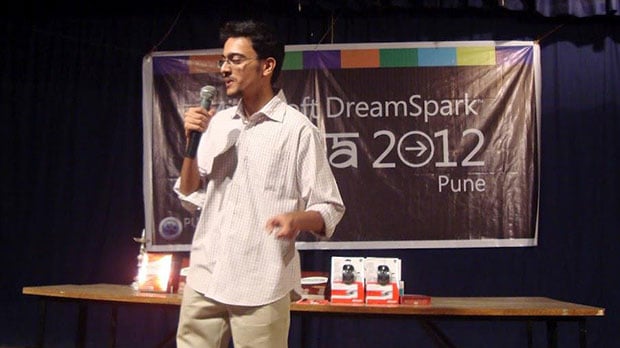
Gamers in India also play international games. They don’t want content tailored to an Indian audience. – Apoorva Joshi
Joshi agrees, and sees no reason for himself or other Indian developers to create games for a local audience when it’s possible to address a much larger, global audience.
“My stance has always been to make quality games, either on mobile or PC or both, and target them at an international audience. Gamers in India also play international games. They don’t want content tailored to an Indian audience.”
Joshi is keenly aware of his strengths and limitations and recognises that the global marketplace that’s been created through digital distribution presents several avenues for business beyond developing full games.
“I might develop full games, but my main interest is developing systems. Socioball is a system that is also the game, but for a more complex concept, I may not be able to make the whole game, so I’d rather make the system and see how it sells. Engines are getting democratised now, and so are the tools.”



